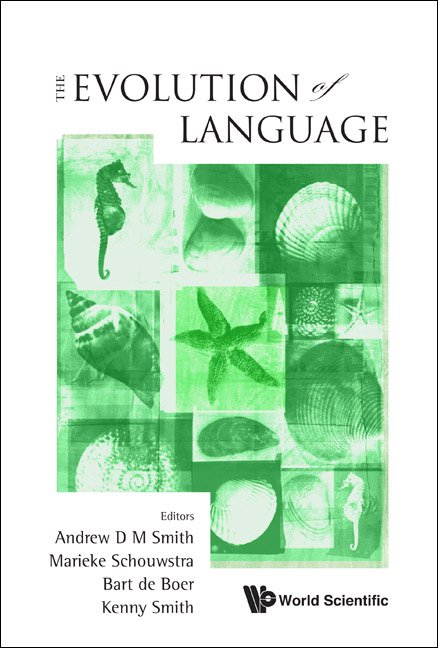THE ROLE OF PRACTICE AND LITERACY IN THE EVOLUTION OF LINGUISTIC STRUCTURE
Recent iterated language learning studies have shown that artificial languages evolve over the generations towards regularity. This trend has been explained as a reflection of the learners' biases. We test whether this learning bias for regularity is affected by culturally acquired knowledge, specifically by familiarity and literacy. The results of non-iterated learning experiments with miniature artificial musical and spoken languages suggest that familiarity helps us learn and reproduce the signals of a language, but literacy is required for regularities to be faithfully replicated. This in turn indicates that, by modifying human learning biases, literacy may play a role in the evolution of linguistic structure.



